Choosing between Puglia and Venice for your Italian getaway? You’re in for a treat either way, but these two destinations couldn’t be more different.
With its iconic canals and bridges, Venice draws millions of visitors annually. Conversely, Puglia is Italy’s hidden gem in the south – a place of sun-soaked beaches, olive groves, and charming villages.
Venice offers a unique urban experience with its car-free historic center and romantic gondola rides, while Puglia provides a more laid-back, rural Italian atmosphere. In Venice, you’ll weave through narrow alleys and cross countless bridges as you explore its art-filled churches and palaces. Puglia invites you to relax on pristine beaches, sample incredible local cuisine, and discover picturesque towns like Alberobello’s cone-shaped trulli houses.
Both places have their charms, but your choice depends on what kind of Italian adventure you’re after. Venice is perfect for art lovers and hopeless romantics, while Puglia appeals to those seeking a quieter, more authentic slice of Italian life. Let’s dive deeper into what makes each destination special and help you decide which is right for your next trip to Italy.
Key Takeaways
- Venice offers unique canal-based sightseeing, while Puglia boasts beautiful beaches and countryside.
- Puglia is known for its delicious cuisine and olive oil production.
- Venice is crowded with tourists, while Puglia provides a more relaxed, authentic Italian experience.
Geography and Accessibility
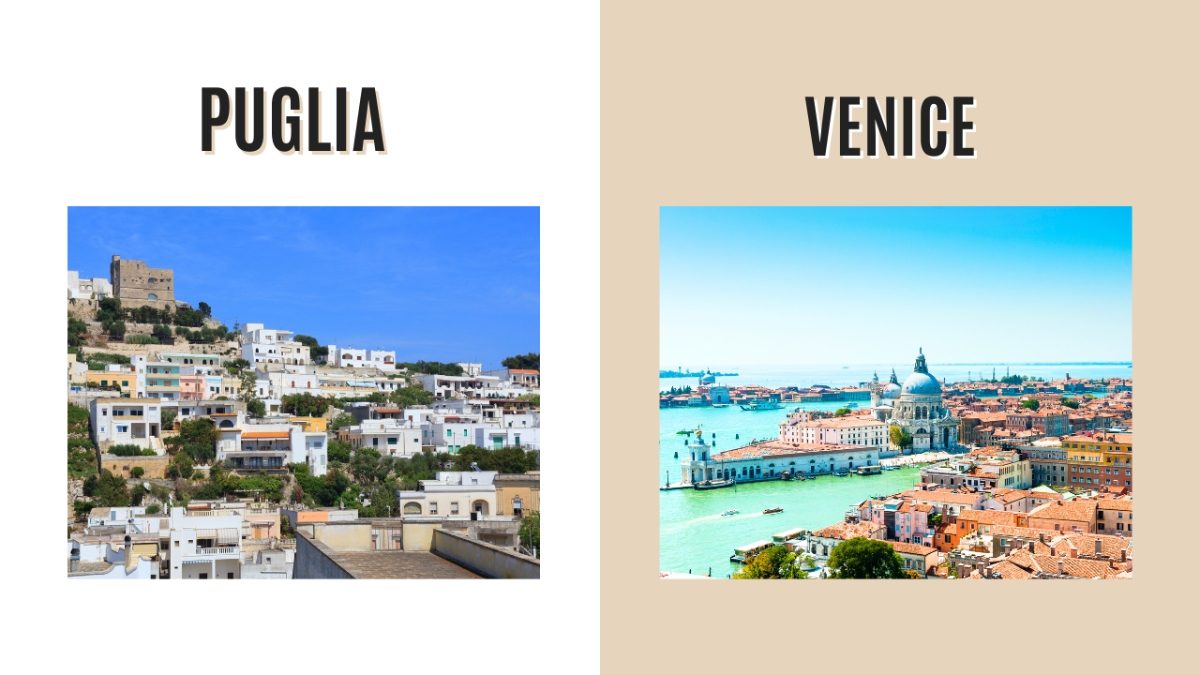
Puglia and Venice offer very different landscapes and experiences for travelers. Puglia charms with its long coastline and rural countryside, while Venice enchants with its unique canal-filled cityscape. Getting around these areas requires different approaches, too.
Location and Landscape
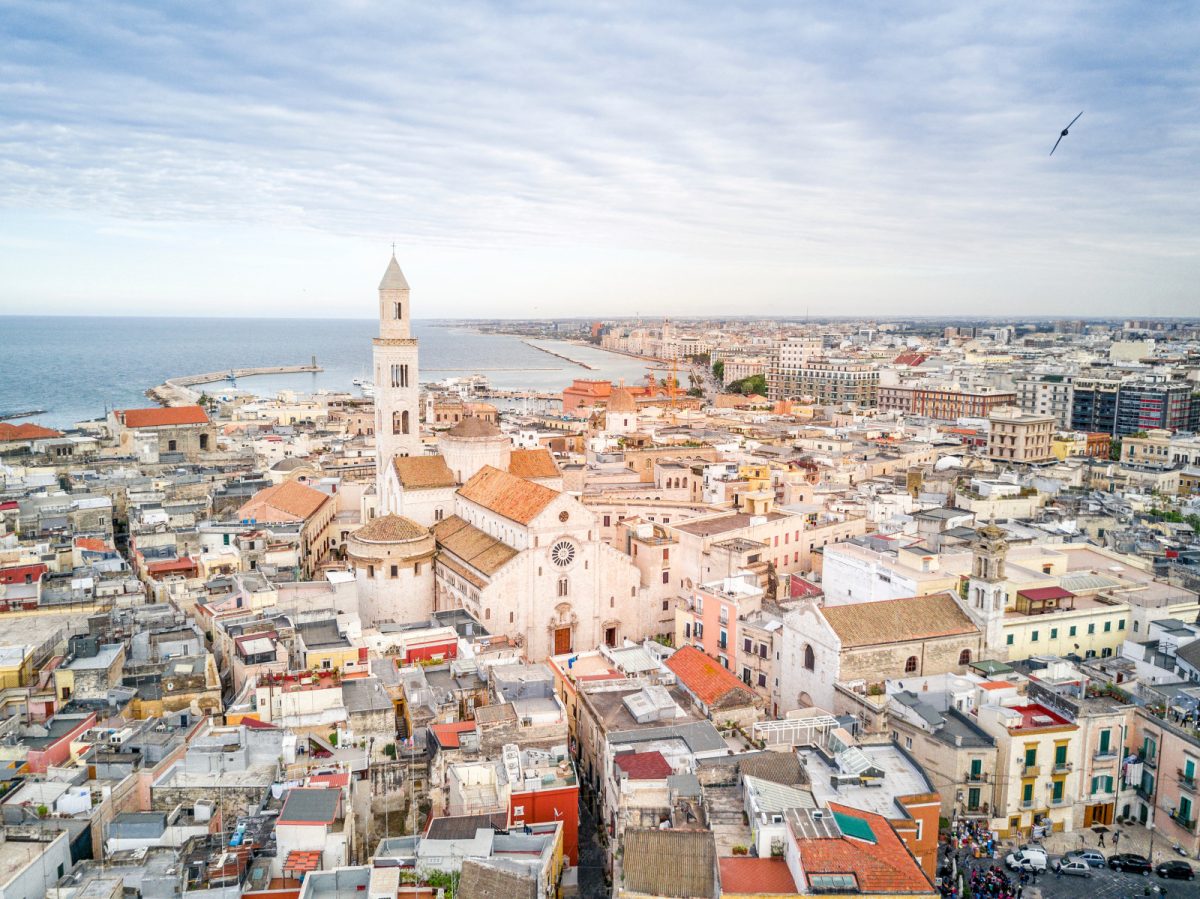
Puglia sits at the heel of Italy’s boot, stretching along the Adriatic and Ionian seas. Its 995 km coastline is the longest of any mainland Italian region.
The area boasts pristine beaches, olive groves, and rolling hills. Bari, the capital, provides a great base for exploring.
Venice floats on a lagoon in northeastern Italy. It’s a maze of 118 small islands connected by bridges and canals. The city’s famous waterways replace streets, creating a dreamlike urban environment.
Transportation and Public Transport
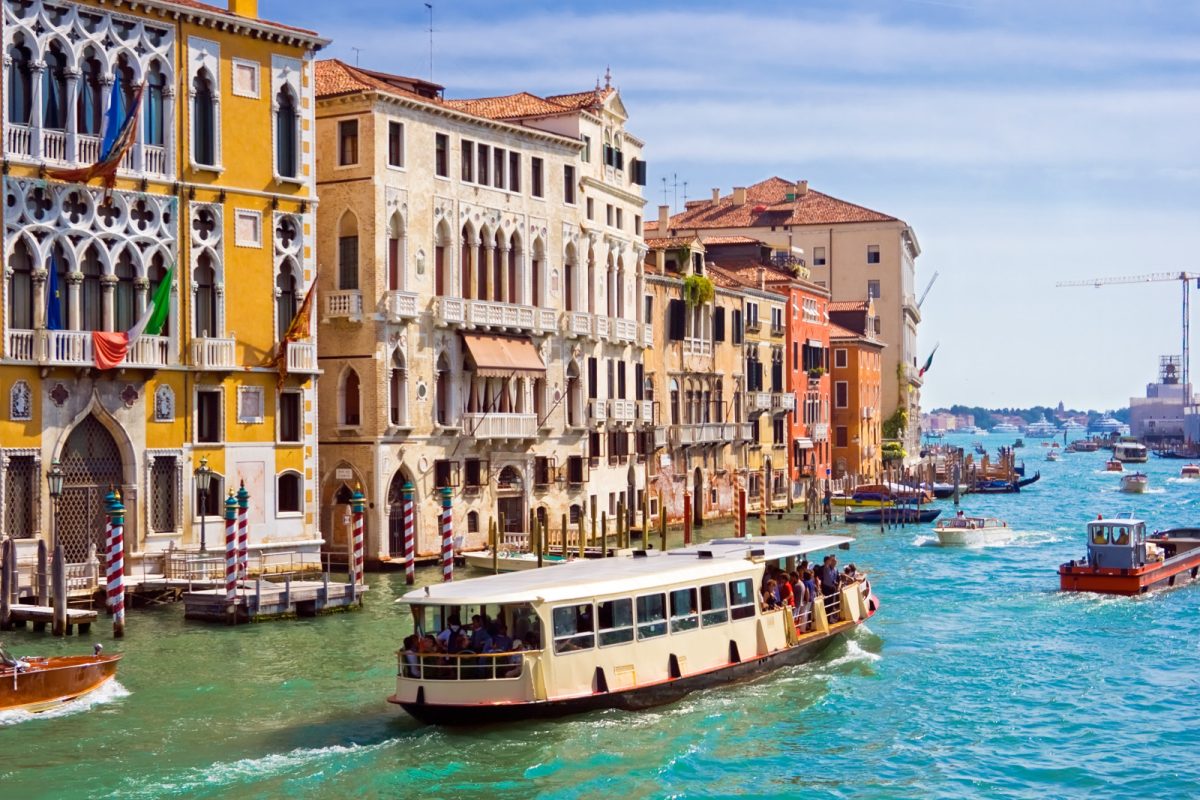
In Puglia, renting a car is often the best way to explore. The region’s train network connects major towns, but buses are limited in rural areas. Bari’s airport offers easy access to beaches and towns along the coast.
Venice bans cars, so walking and boats are the main ways to get around. Water buses called vaporetti serve as public transport, costing about €7.50 for a single ride.
Try a gondola ride for a splurge – expect to pay around €80 for 30 minutes. The city’s main hub, Marco Polo Airport, connects to the historic center via water taxi or bus.
Cultural Heritage and Art
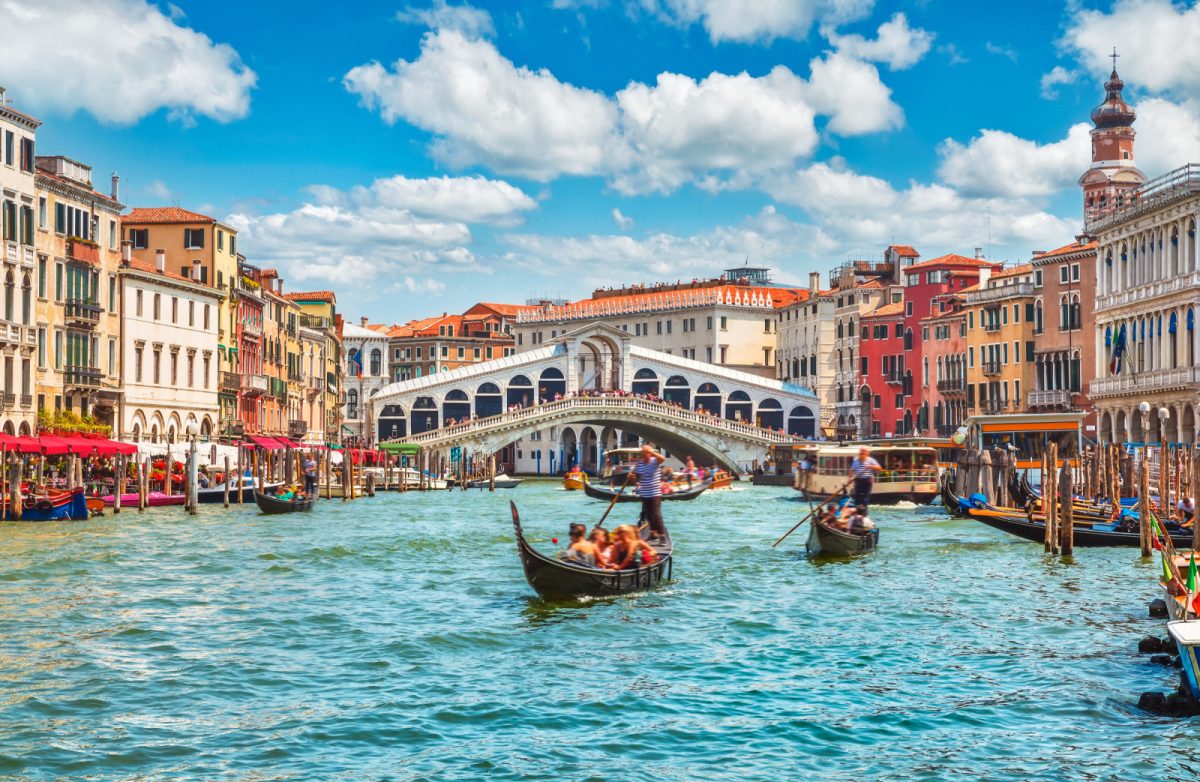
Puglia and Venice both offer incredible cultural riches but with distinct flavors. Puglia charms with rustic authenticity, while Venice dazzles with opulent grandeur. Let’s explore their unique artistic legacies and architectural wonders.
Historic Architecture and Sites
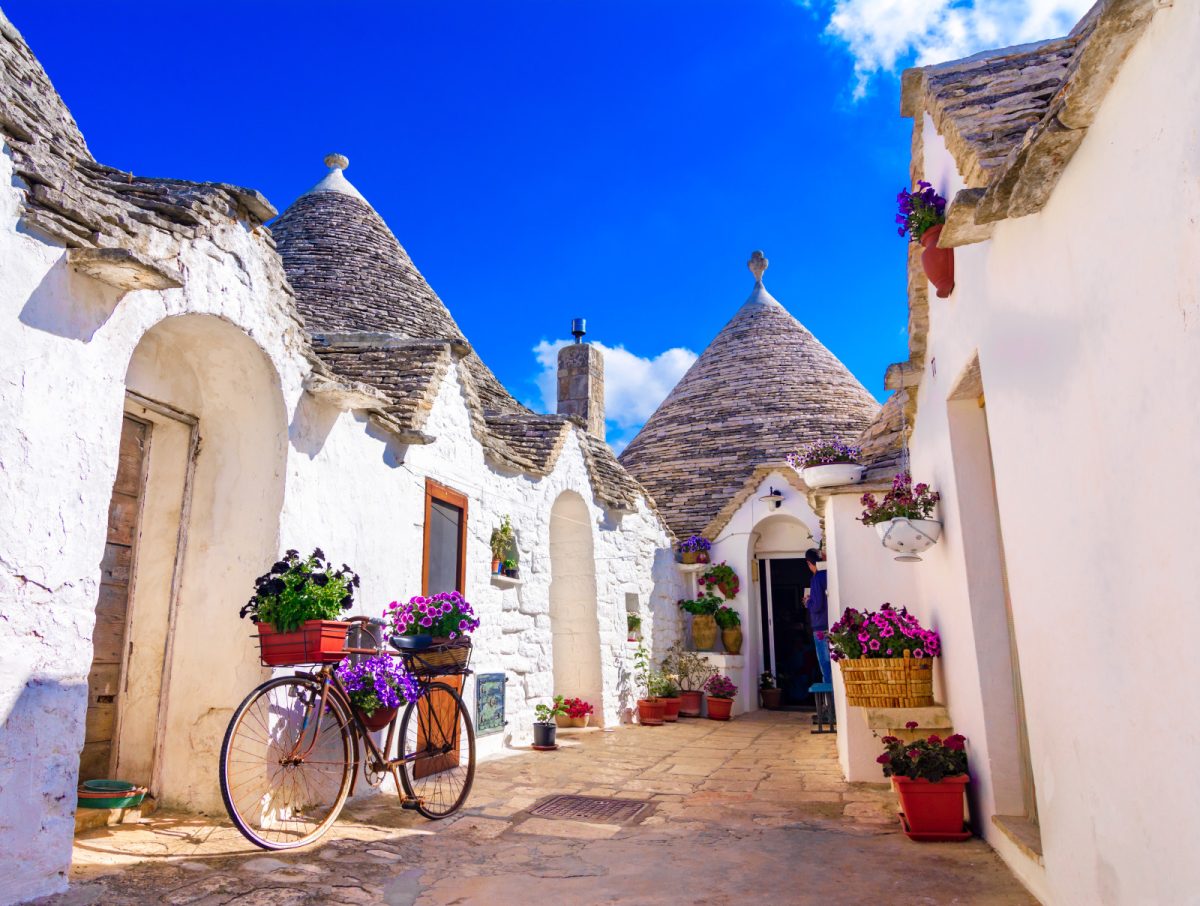
Puglia’s countryside is dotted with trulli, cone-shaped stone houses that look straight out of a fairy tale. These UNESCO-protected dwellings in Alberobello are a must-see. The region also boasts impressive castles like Castel del Monte, an octagonal fortress masterpiece of medieval architecture.
Venice’s historic center, with its maze of canals and stunning palaces, is a UNESCO site. St. Mark’s Basilica is a jewel of Byzantine architecture, while the Doge’s Palace showcases Venetian Gothic style at its finest. Don’t miss the famous Rialto Bridge spanning the Grand Canal—it’s been a city icon for over 400 years.
Artistic Legacy
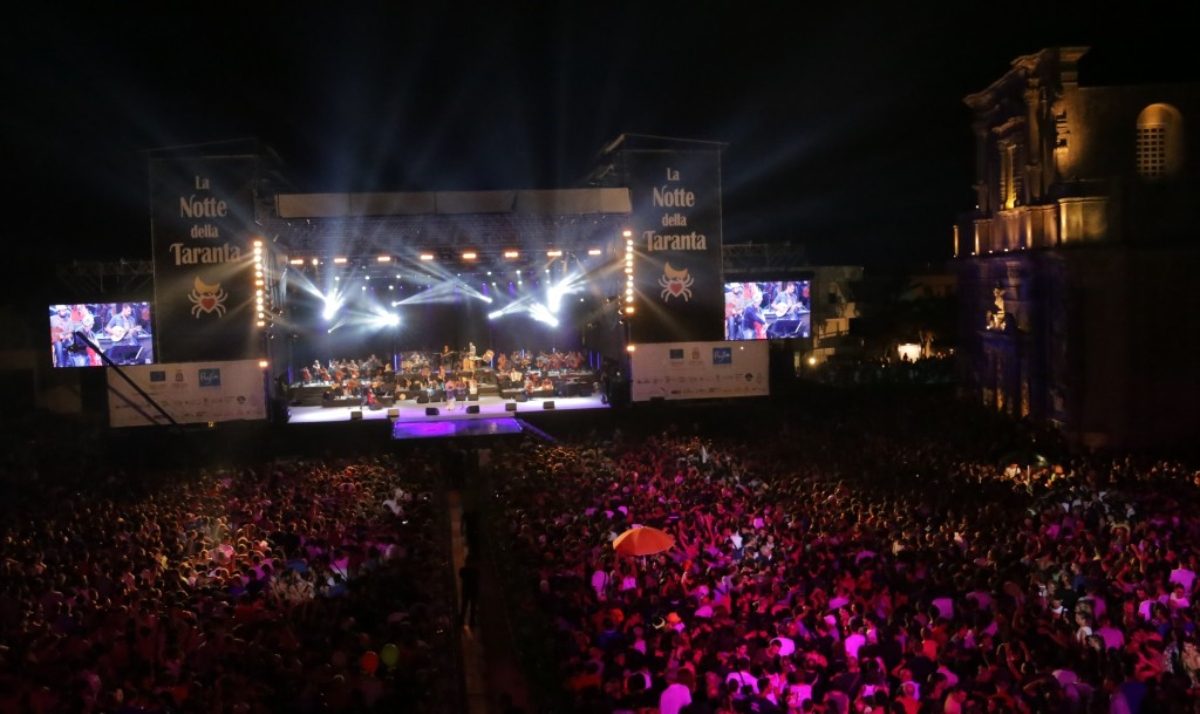
Puglia’s art scene is deeply rooted in its rural traditions. You’ll find beautiful frescoes in Romanesque churches and intricate mosaics in baroque cathedrals. The region is also known for its ceramics – pick up a colorful piece in Grottaglie as a unique souvenir.
Venice was a major art center during the Renaissance. The city’s museums have masterpieces by Titian, Tintoretto, and other Venetian masters. For a more intimate experience, pop into the countless churches scattered throughout the city – many house incredible paintings and sculptures.
Both regions host lively festivals celebrating their artistic heritage. In Puglia, check out the Notte della Taranta music festival. Venice’s Biennale is a world-renowned contemporary art showcase held every two years.
Accommodations and Reservations
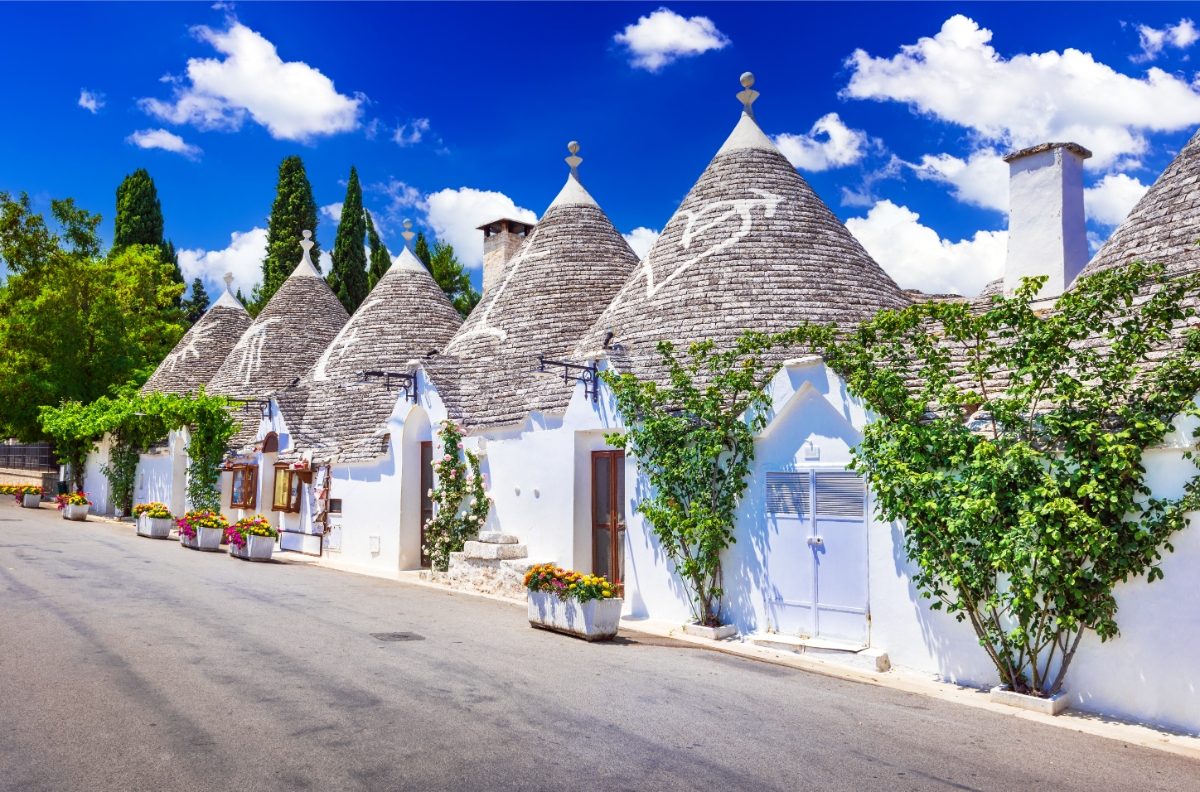
Puglia and Venice offer very different lodging experiences. Puglia has charming rural masserie and trulli houses, while Venice boasts historic palazzos and canal-side hotels.
Luxury Stays and Boutique Hotels
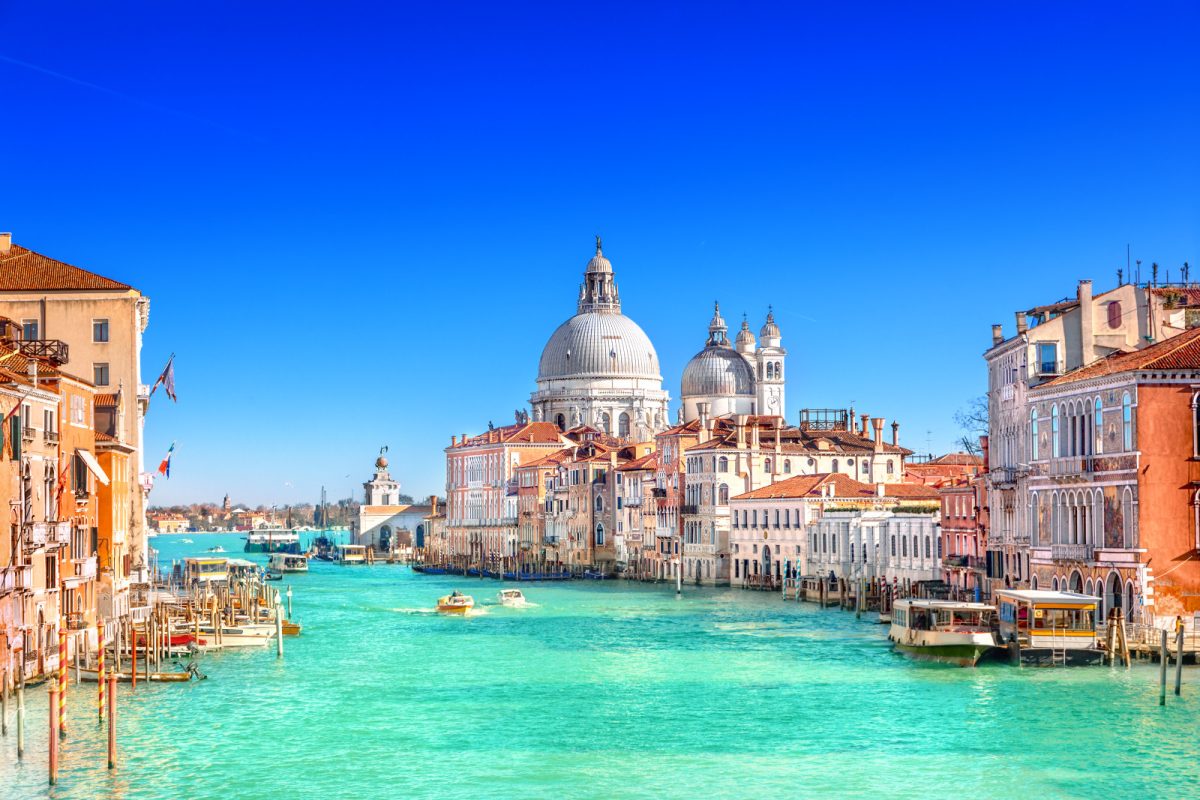
In Venice, splurge on a lavish stay at a former palazzo overlooking the Grand Canal. Many luxury hotels are located in restored historic buildings with ornate Venetian decor.
Prices often start around €400 per night. Book well in advance, especially for summer.
Puglia’s luxury options include masserie – fortified farmhouses converted into posh resorts. These rustic-chic properties often have pools, spas, and excellent restaurants showcasing local cuisine.
A splurge-worthy masseria might cost €250-400 nightly. Some have their own olive groves or vineyards.
Airbnb and Budget Options

Venice has plenty of affordable Airbnb and budget hotels, but they fill up fast. Look for places in less touristy areas like Cannaregio or Dorsoduro. A basic double room starts around €80-100 per night.
In Puglia, you can rent an entire trullo house through Airbnb. These cone-roofed dwellings are unique to the region.
Prices vary, but expect to pay €70-150 nightly for a 2-person trullo. Budget hotels and agriturismi (farm stays) offer good value, often under €100 per night.
Book early for both destinations, especially in the high season. Venice gets extremely crowded in summer.
See Related: Where to Stay in Italy: Top Unforgettable Destinations for Every Traveler
Beaches and Natural Landscapes
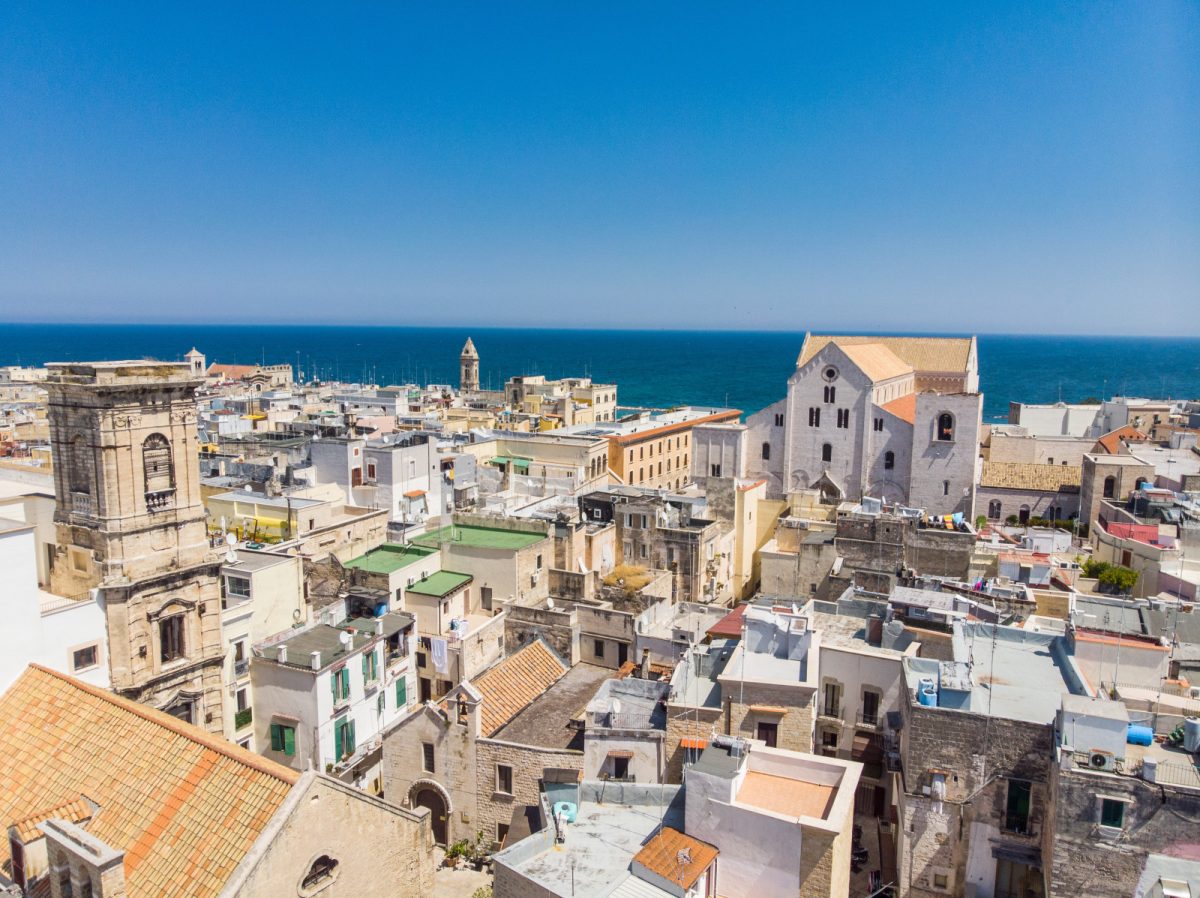
Puglia’s stunning coastline offers diverse beaches and natural wonders, from powdery white sands to dramatic limestone cliffs. On the other hand, Venice charms visitors with its unique lagoon setting and nearby coastal gems.
Beach Destinations and Activities
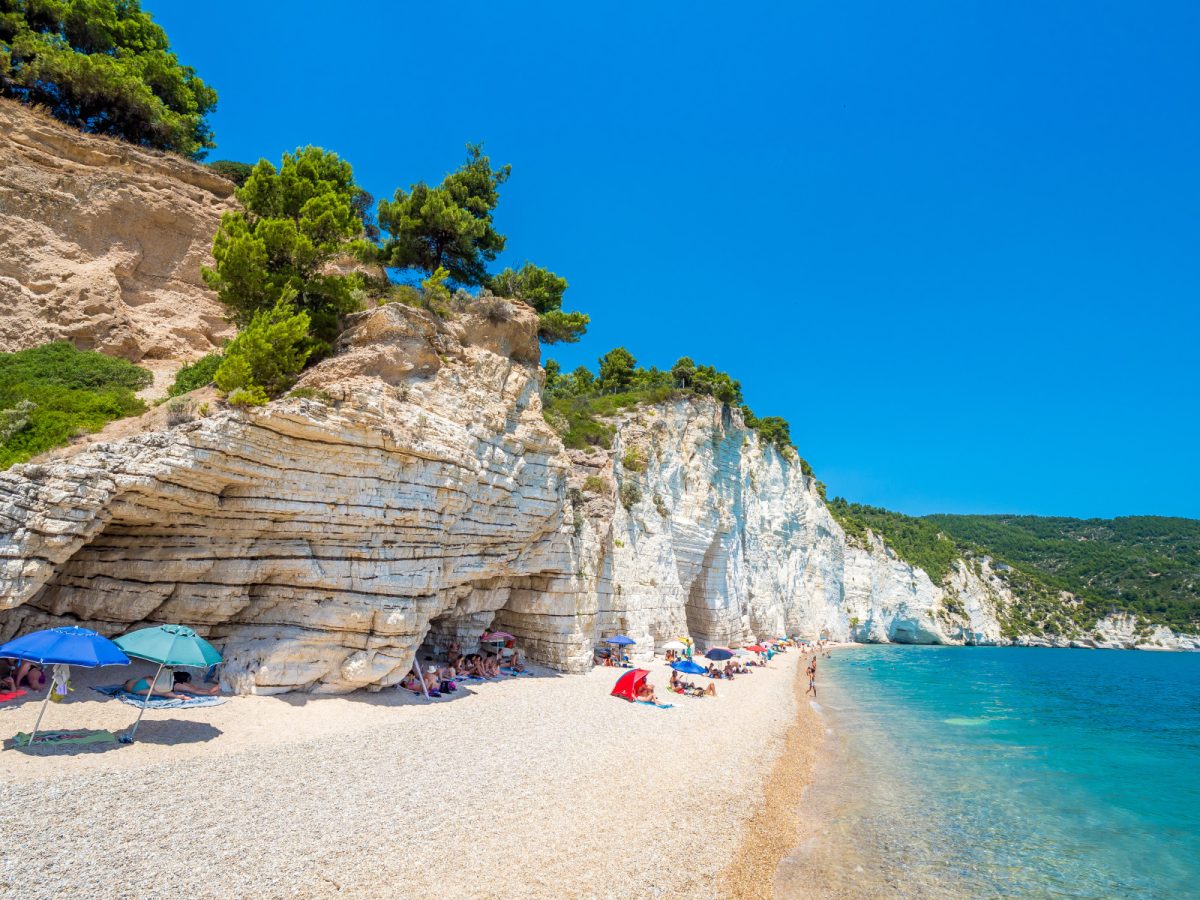
Puglia boasts some of Italy’s most beautiful beaches. The “Maldives of Puglia” at Pescoluse features shallow turquoise waters and soft white sand. Baia delle Zagare, nestled between Mattinata and Vieste, wows visitors with its limestone cliffs and sea stacks.
Beach lovers can soak up the sun, swim in crystal-clear waters, or try water sports like kayaking and paddleboarding. Many coastal towns offer boat tours to explore hidden coves and grottoes.
Venice’s nearby Lido Island provides a sandy escape from the city’s canals. It’s perfect for sunbathing and people-watching. Families enjoy the shallow waters and beach clubs with umbrellas and loungers for rent.
Natural Parks and Cliffs

The Gargano Peninsula in Puglia is a nature lover’s paradise. Its national park features rugged coastlines, forests, and hiking trails with breathtaking sea views. Visitors can spot diverse wildlife and rare plant species.
Puglia’s limestone cliffs create a dramatic backdrop along much of its coastline. These natural wonders are best admired by boat or from scenic viewpoints in coastal towns.
Venice’s lagoon ecosystem is unique in Italy. The nearby Po Delta Regional Park offers birdwatching opportunities, as well as tranquil boat rides through marshy landscapes. It starkly contrasts Puglia’s rocky shores but is equally captivating for nature enthusiasts.
Local Cuisine and Delicacies
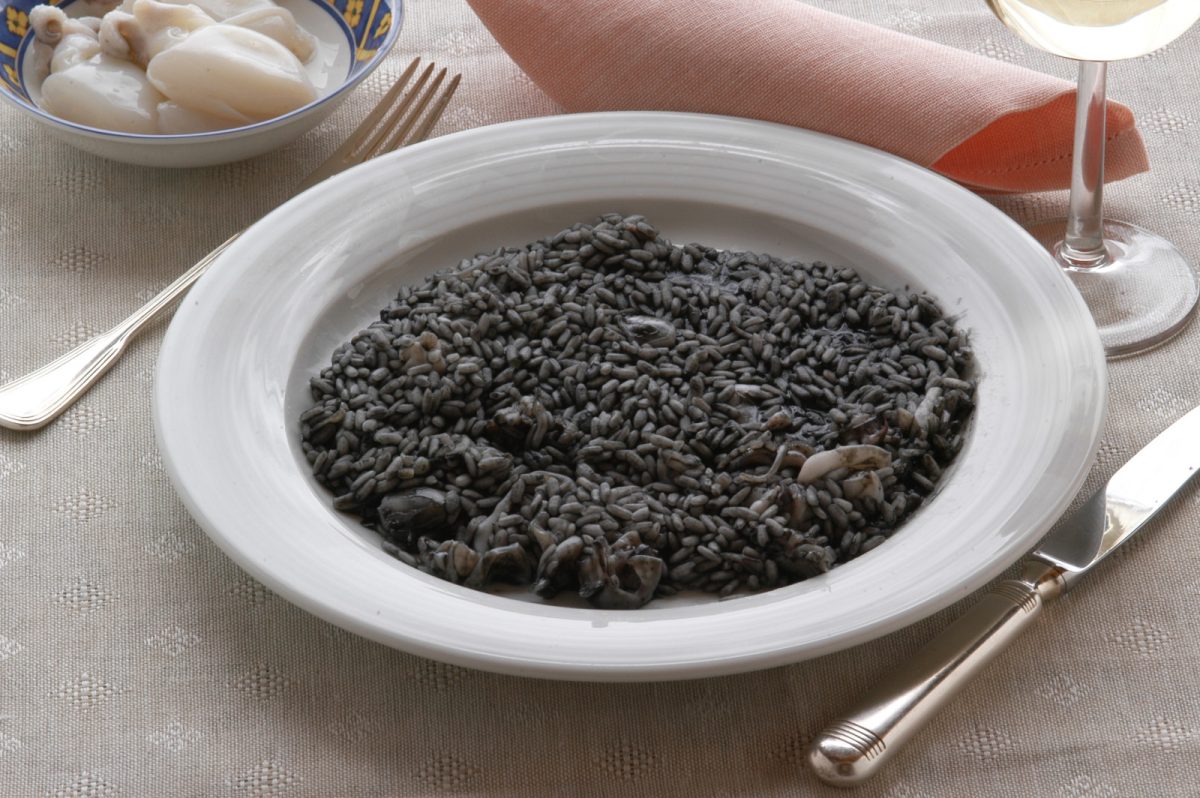
Puglia and Venice offer distinct culinary experiences that showcase regional specialties. From fresh seafood to hearty pasta, these two regions tantalize taste buds with their unique flavors and traditions.
Traditional Dishes and Innovations
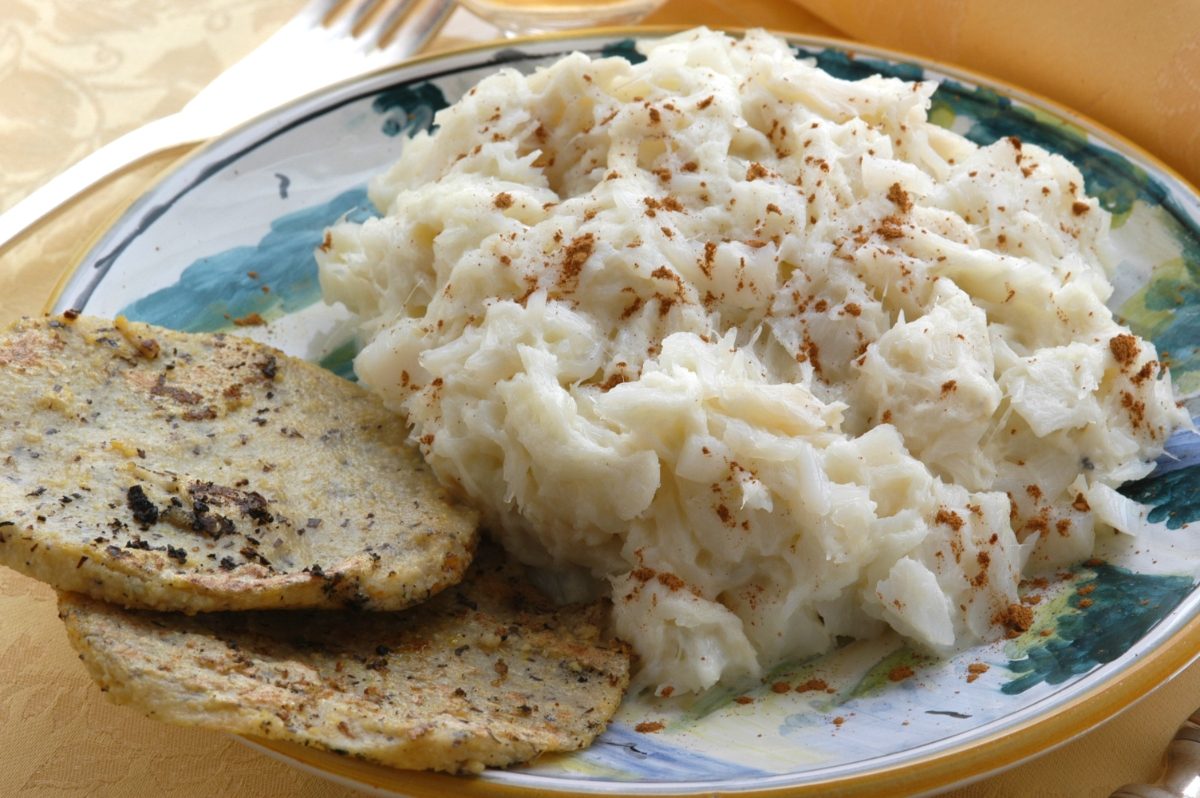
In Puglia, you’ll find simple yet delicious fare rooted in peasant traditions. Orecchiette, ear-shaped pasta often served with broccoli rabe, is a local favorite.
Friselle, twice-baked bread rings make a tasty snack when topped with tomatoes and olive oil. The region’s famous burrata cheese is a creamy delight.
Venice boasts its culinary treasures. Risotto al Nero di sepia, a striking black risotto made with cuttlefish ink, is a must-try.
Baccalà mantecato, a creamy whipped cod spread, is perfect on crostini. For a quick bite, grab cicchetti—small plates of seafood, meats, and cheeses—from local bacari (wine bars).
Both regions offer their take on seafood. Puglia serves amazing raw sea urchins, while Venice is known for its fritto misto, a mix of fried seafood.
Wine and Gelato
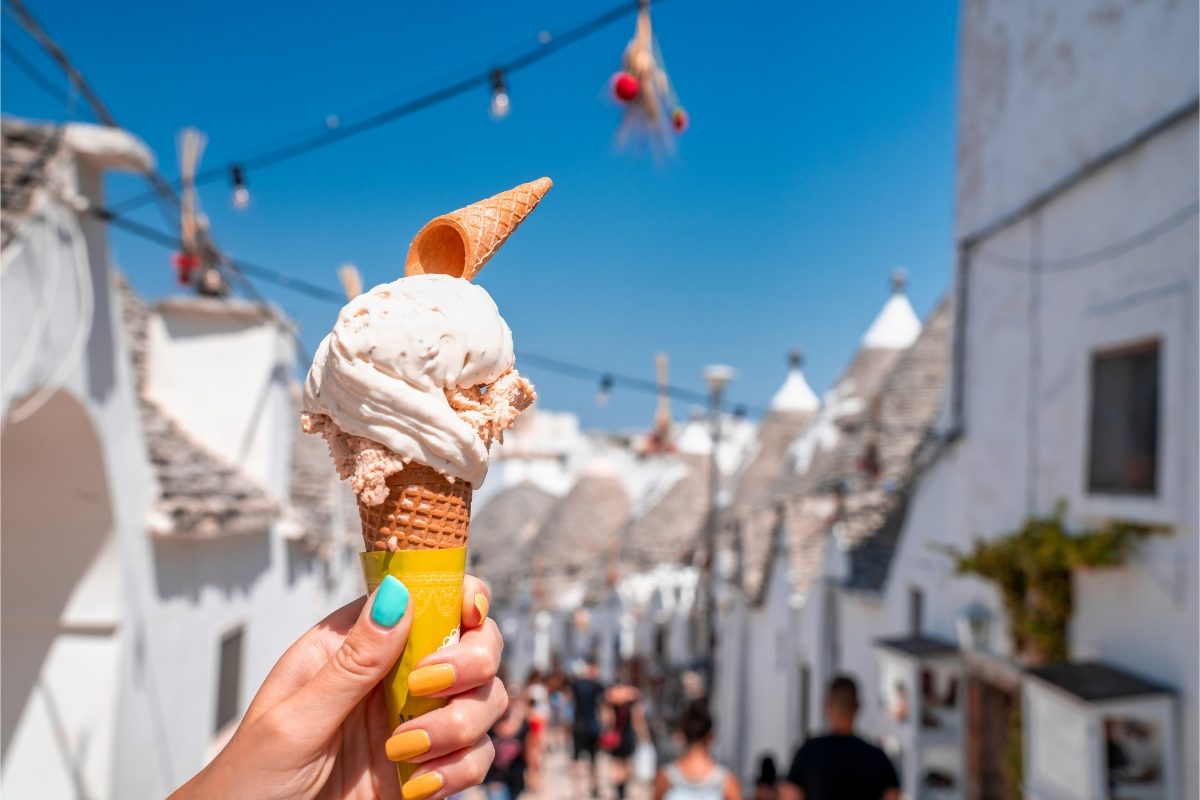
Puglia produces bold, full-bodied red wines like Primitivo and Negroamaro. These pair perfectly with the region’s robust cuisine. For a lighter option, try the crisp Bombino Bianco.
Venetian wines tend to be lighter and crisper. Prosecco, the famous sparkling wine, hails from the nearby Veneto region. It’s ideal for sipping along the canals.
Gelato is a treat in both places. In Puglia, try unique flavors like ricotta and pear. Venice offers classics like stracciatella and inventive options like tiramisu gelato.
For a special experience, visit a Puglian masseria (farmhouse) for a wine tasting. In Venice, join a cicchetti tour to sample local wines and bites.
See Related: Vineyard Weddings in Italy: A Blend of Romance and Tradition
Itineraries and Day Trips
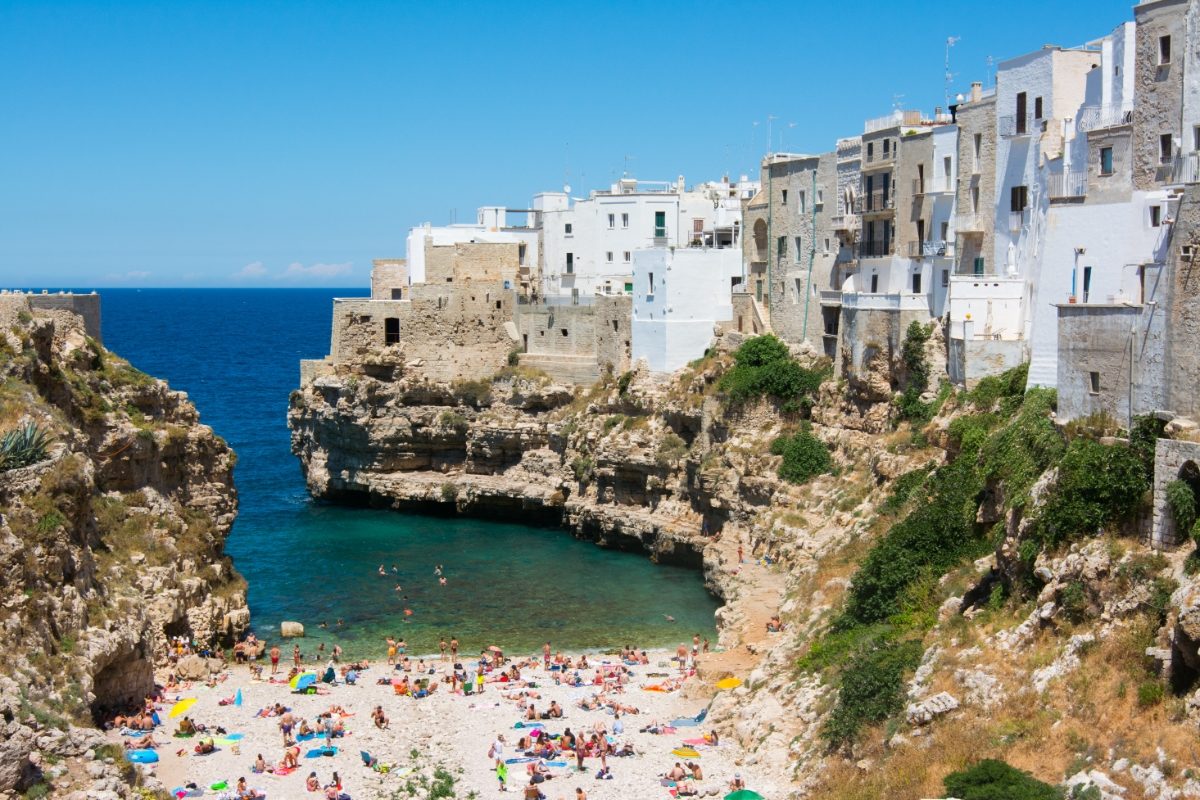
Puglia and Venice offer unique experiences for travelers. Both regions have great options for day trips and road trip routes that showcase their charm and beauty.
Day Trip Recommendations
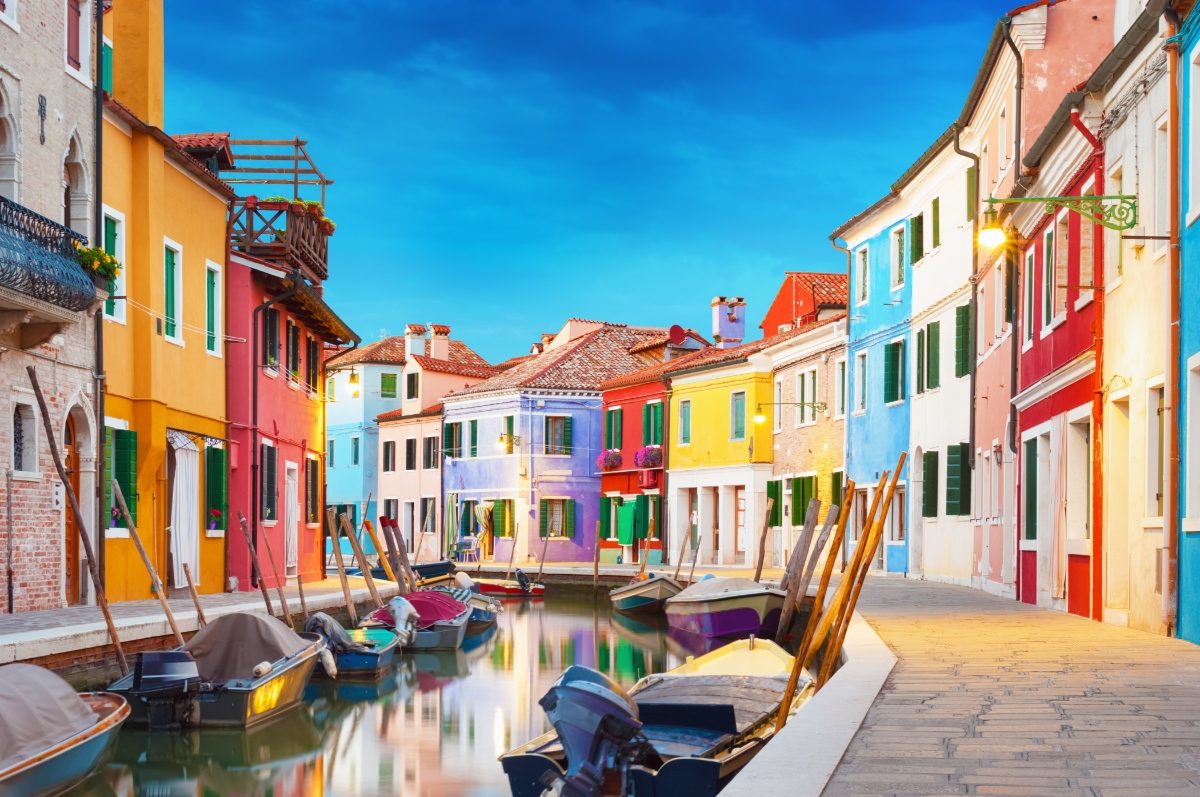
From Venice, take a vaporetto to the colorful Burano. This little island is famous for its lace-making and rainbow-hued houses.
Snap photos of the leaning bell tower and enjoy fresh seafood for lunch. Another fun day trip is Murano, known for its glassblowing. Watch artisans at work and pick up some gorgeous glass souvenirs.
In Puglia, don’t miss charming Alberobello with its cone-shaped trulli houses. Wander the narrow streets and book a tour to learn about local culture and history.
The seaside town of Polignano a Mare is perfect for a day at the beach. You can cliff dive at Lama Monachile or relax on the small sandy cove.
Road Trip Routes
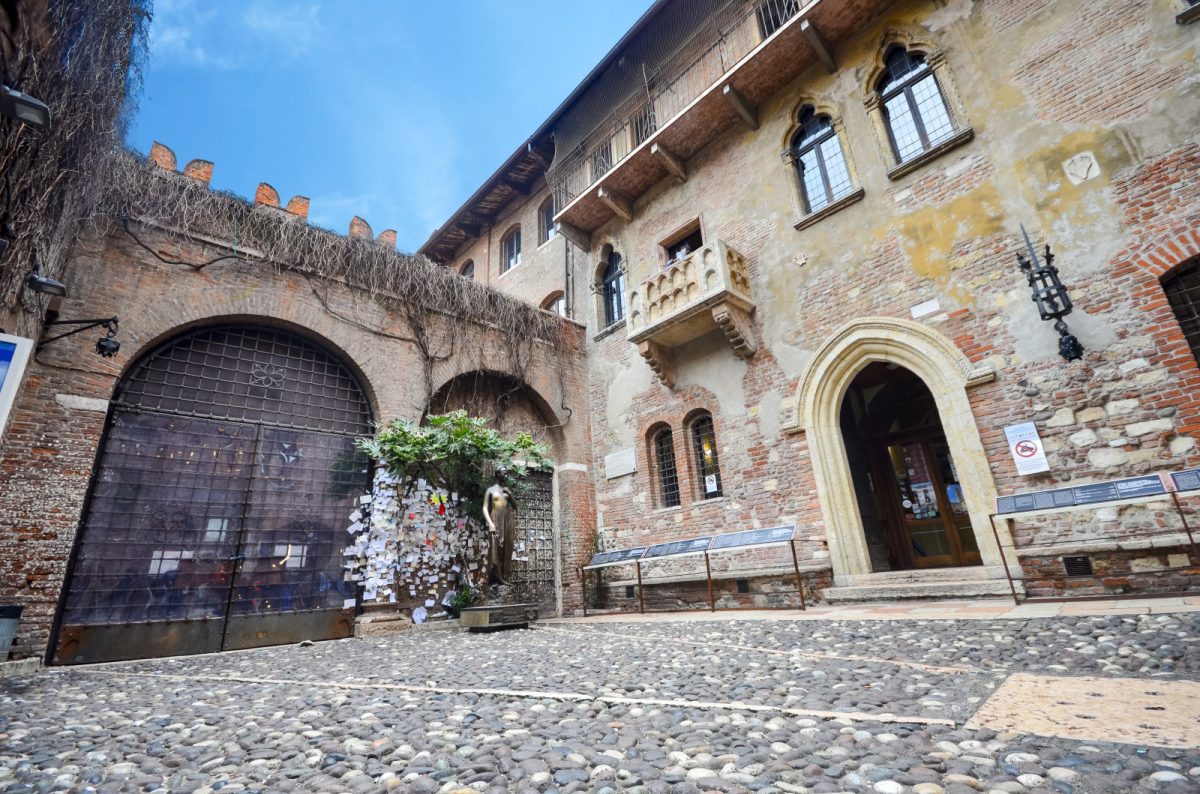
A classic Venice road trip heads west to Verona and Lake Garda. Stop in Padua to see Giotto’s frescoes.
In Verona, visit Juliet’s balcony and the Roman arena. Then, end your trip at stunning Lake Garda for swimming and lakeside dining.
For Puglia, start in Bari and drive south along the coast. Visit the white city of Ostuni and the beach town Otranto.
See Lecce’s Baroque architecture and end in a pretty Gallipoli. The route takes about a week, with time to explore each stop. Rent a car in Bari for about €40-60 per day.
Cultural Experiences and Activities

Puglia and Venice offer unique cultural experiences that showcase Italy’s rich heritage. From maritime adventures to lively festivals, both destinations provide unforgettable ways to immerse yourself in local traditions.
Boat Tours and Maritime Excursions
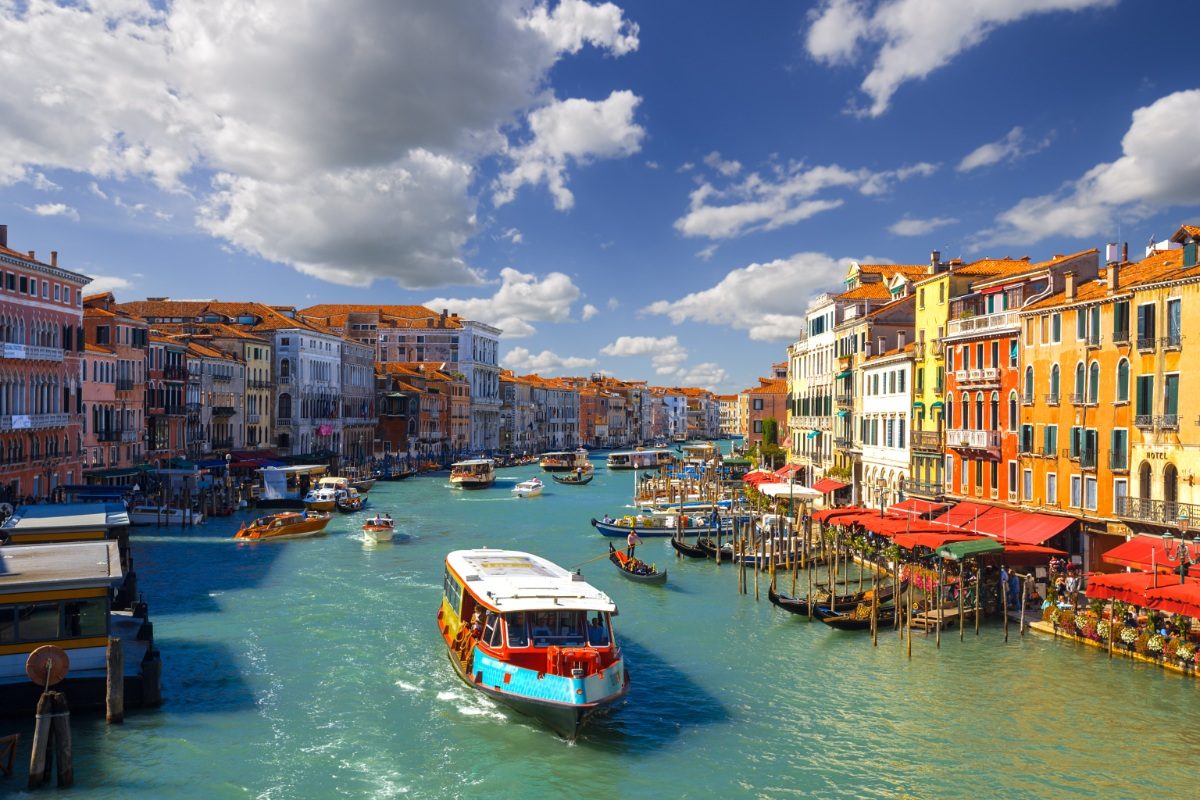
Venice’s iconic canals make it a perfect spot for gondola rides. Glide through narrow waterways, passing under bridges and by historic palaces.
For a more active experience, try kayaking in the lagoon. A 30-minute gondola ride costs around €80.
Puglia boasts beautiful coastlines ideal for boat trips. Explore the Gargano Peninsula’s sea caves or sail to the Tremiti Islands.
In summer, join a local fisherman for a hands-on fishing experience. Boat tours in Puglia typically cost €50-100 per person.
Both regions offer sunset cruises with drinks and appetizers. It’s a romantic way to end your day on the water.
Festivals and Year-round Events
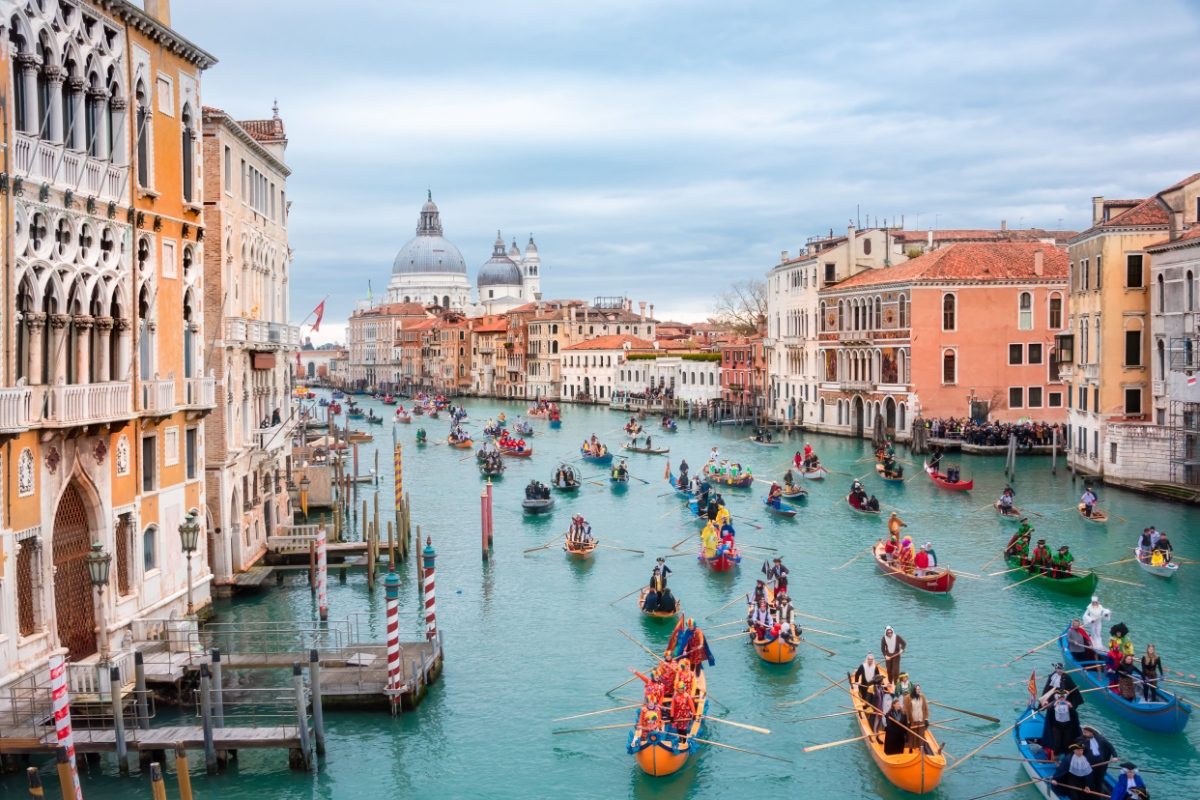
Venice’s February Carnival is world-famous. People dress in elaborate costumes and masks for parades and balls.
In odd-numbered years, the Biennale art exhibition runs from May to November.
Puglia hosts many food festivals celebrating local specialties. Try the Festa di San Nicola in Bari each May or the Notte della Taranta music festival in August. These events are often free to attend.
Summer brings outdoor concerts and film screenings in both regions. Venice’s Film Festival in September attracts Hollywood stars. Puglia’s smaller towns host charming Christmas markets in December.
Shopping and Local Crafts
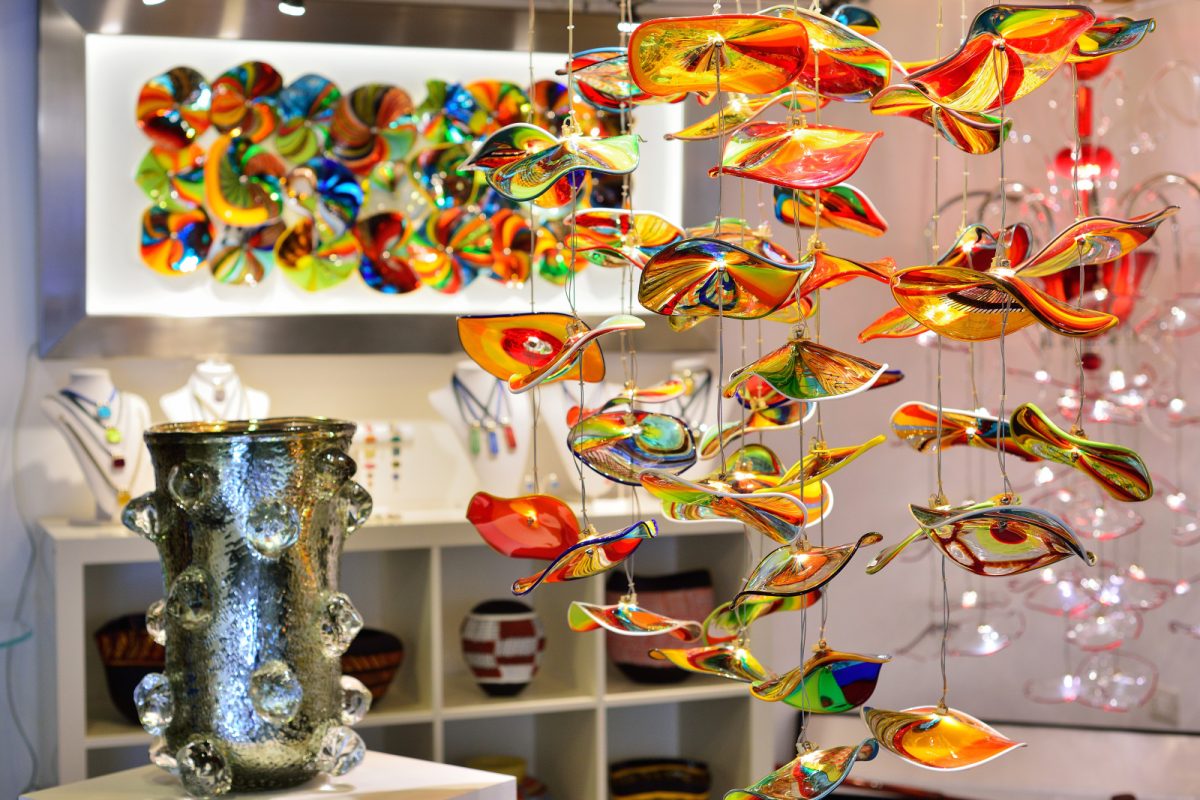
Puglia and Venice offer vastly different shopping experiences for travelers. In Puglia, traditional markets are the heart of local commerce. These lively bazaars burst with fresh produce, artisanal cheeses, and regional specialties like olive oil and wine.
On the other hand, Venice is a shopper’s paradise for high-end goods and unique artisanal items. The city’s narrow streets are lined with boutiques selling exquisite Murano glass, intricate lace, and ornate Venetian masks.
Visitors can find handcrafted jewelry and traditional Pugliese clothing in Puglia’s markets. Many vendors are part of family-run businesses, passing down skills through generations. Prices tend to be reasonable, with a handmade bracelet costing around €20-30.
Venice’s shops showcase the city’s rich artistic heritage. A beautiful Murano glass vase might set you back €100-200, but it’s a one-of-a-kind piece. For budget-friendly souvenirs, small glass trinkets start at €10-15.
Both regions offer unique shopping experiences. Puglia’s markets provide a glimpse into local life, while Venice’s shops feel like stepping into a living museum of craftsmanship. Travelers should watch for seasonal sales, especially in Venice, during winter.
Practical Travel Tips
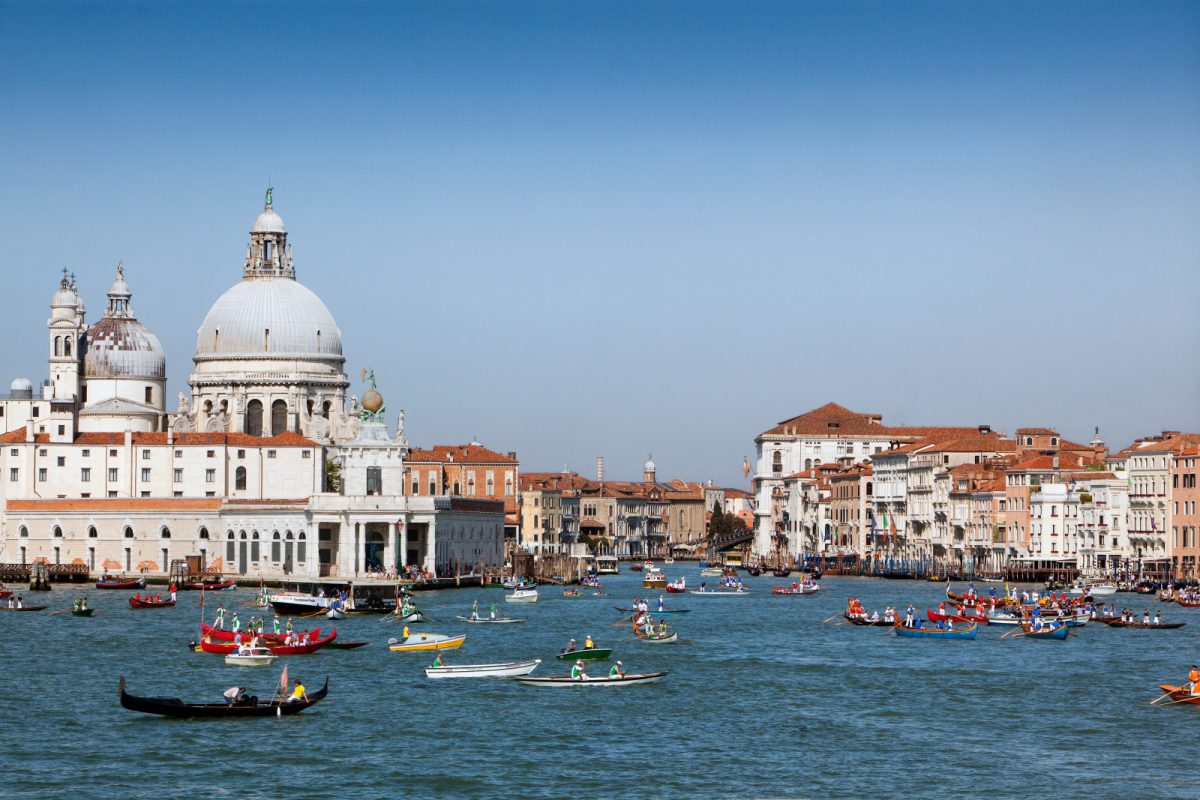
Exploring Puglia and Venice requires some savvy planning. Here are key tips to make your Italian adventure smoother and more enjoyable.
Transport and Car Rentals
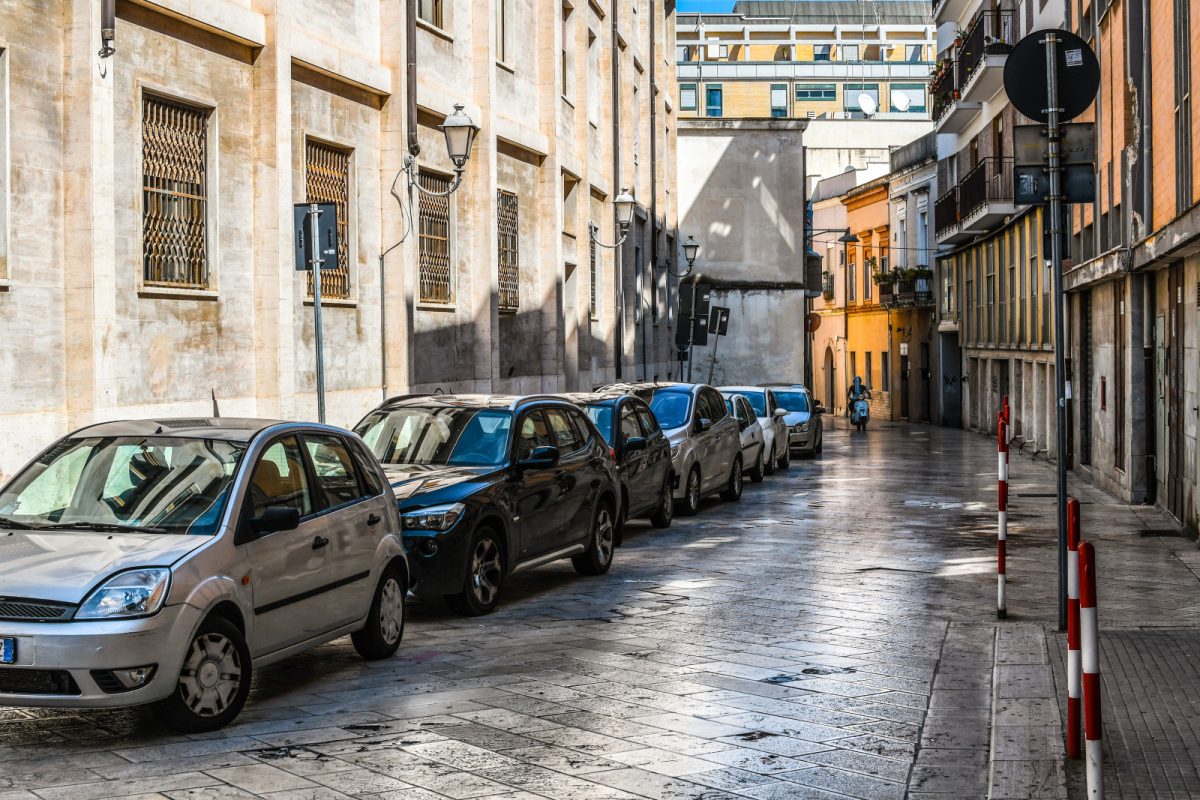
Getting around Puglia often means renting a car. Many charming towns and beaches are hard to reach by public transit.
Book your rental early, especially in summer. Prices start around €30-40 per day.
In Venice, forget cars – they’re not allowed! Instead, embrace the vaporetti (water buses). A single ride costs €7.50, but multi-day passes save money. The 24-hour pass is €20.
Trains connect major cities in both regions. Trenitalia offers decent prices if you book in advance. A ride from Bari to Lecce in Puglia costs about €10-15.
Travel Best Practices
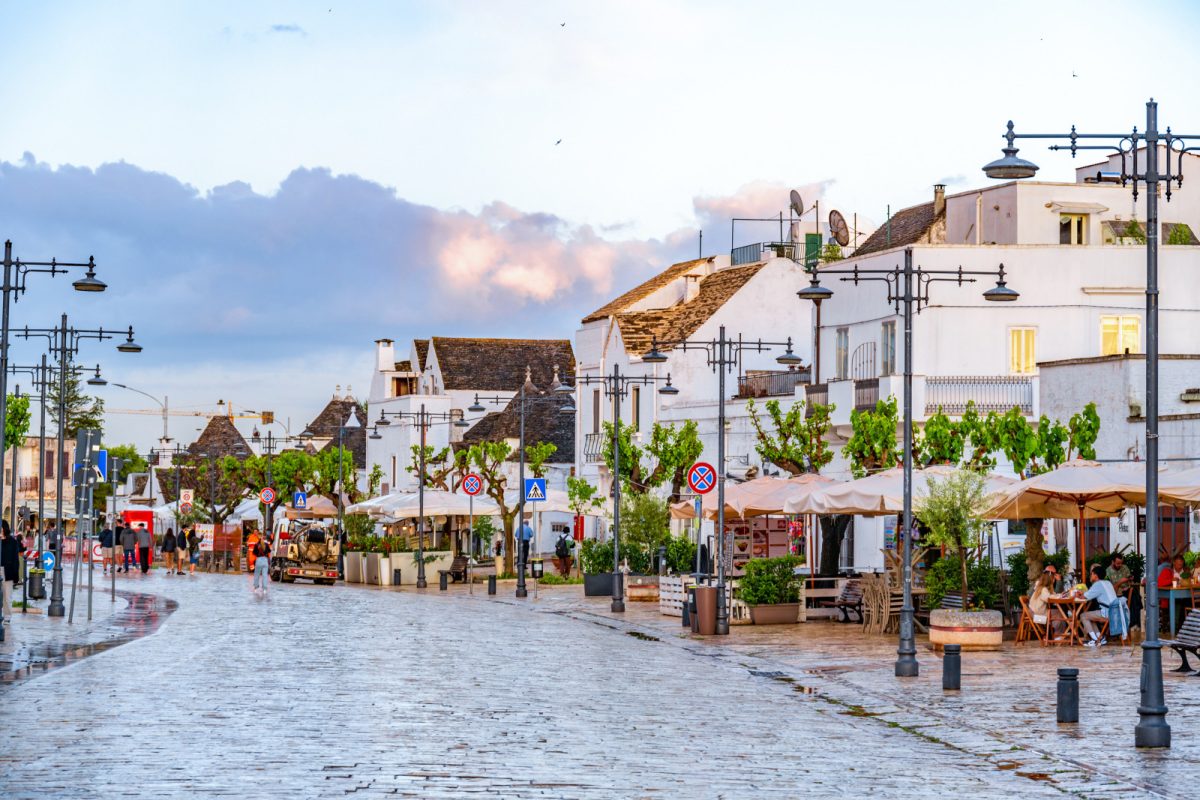
Book accommodations early in both regions. Venice fills up fast year-round. Puglia gets packed in July and August.
Try to visit Venice in the shoulder season (April-May or September-October). It’s less crowded and smelly then.
In Puglia, rent a bike to explore coastal towns. Many hotels offer them for free or cheap.
Learn a few Italian phrases. Locals appreciate the effort, especially in smaller Puglian towns.
Bring cash for smaller shops and cafes in Puglia. Venice is more card-friendly, but some places still prefer cash.
See Related: Two Weeks in Italy Itinerary: The Perfect Family Adventure
Frequently Asked Questions
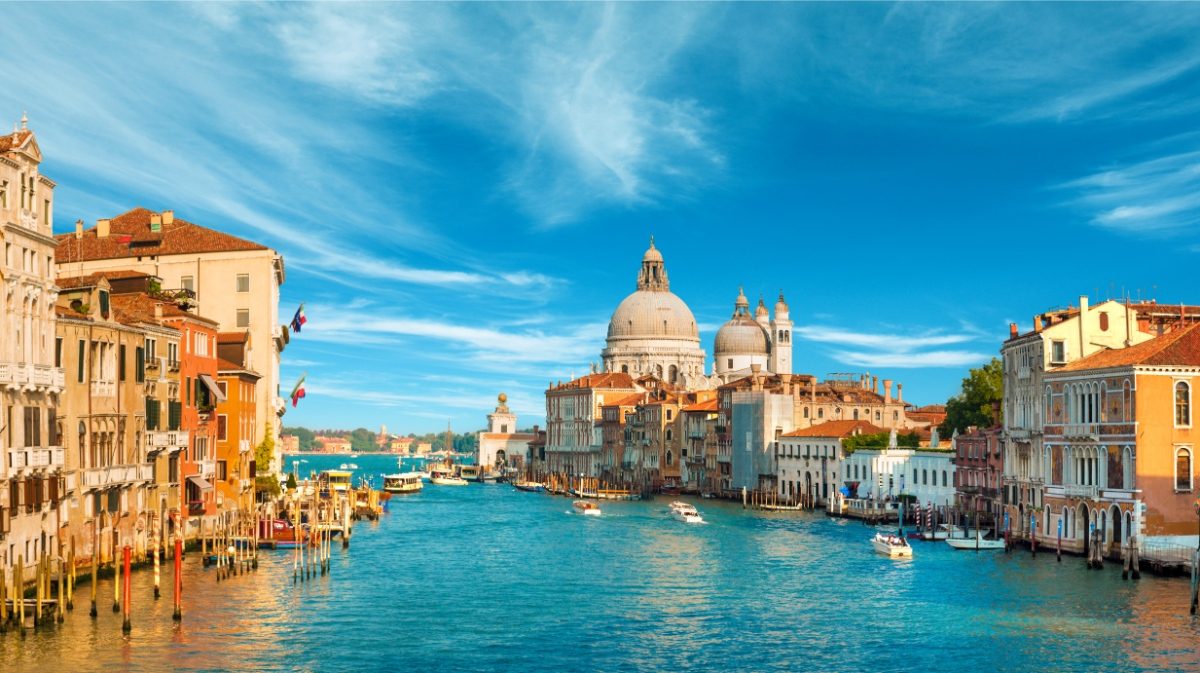
Puglia and Venice offer very different Italian experiences. Let’s explore some key contrasts between these two unique destinations.
What unique experiences can travelers expect when visiting Puglia compared to Venice?
Puglia offers rustic charm and off-the-beaten-path adventures. Visitors can explore ancient olive groves, stay in traditional trulli houses, and discover hidden beaches.
Venice wows with its iconic canals, gondola rides, and ornate palaces. St. Mark’s Square and the Rialto Bridge are must-sees.
How does the cuisine in Puglia differ from that in Venice?
Puglia’s food focuses on fresh seafood, homemade pasta, and olive oil. Orecchiette pasta and burrata cheese are local specialties.
Venice is known for risotto, polenta, and cicchetti (small snacks). Seafood is popular in both regions but prepared differently.
What are the differences in accommodation options between Puglia and Venice?
Puglia offers a mix of farmhouse B&Bs, seaside resorts, and unique trulli rentals. Prices are often lower than in Venice, which offers luxurious canal-side hotels and charming guesthouses. Expect to pay more for accommodations in Venice, especially near major attractions.
Can you compare the coastal scenery of Puglia with the canal views of Venice?
Puglia boasts long sandy beaches, dramatic cliffs, and crystal-clear waters. The coastline is perfect for swimming and sunbathing. Venice’s canals offer a different beauty, with picturesque bridges and colorful buildings reflecting in the water.
How do the cultural and historical experiences in Puglia and Venice contrast?
Puglia’s history includes Greek, Roman, and Norman influences. Visitors can explore Baroque architecture in Lecce and ancient cave dwellings.
Venice’s rich maritime republic history is evident in its grand palaces, churches, and art museums. The city’s carnival tradition is world-famous.
What should tourists consider when choosing between a holiday in Puglia versus Venice?
Budget is a big factor. Puglia is generally more affordable for food, lodging, and activities. Venice can be pricey, especially during peak season.
Puglia is ideal for a relaxed, beach-focused trip with a car. Venice is better for those who enjoy walking and boat travel in a compact, historic setting.

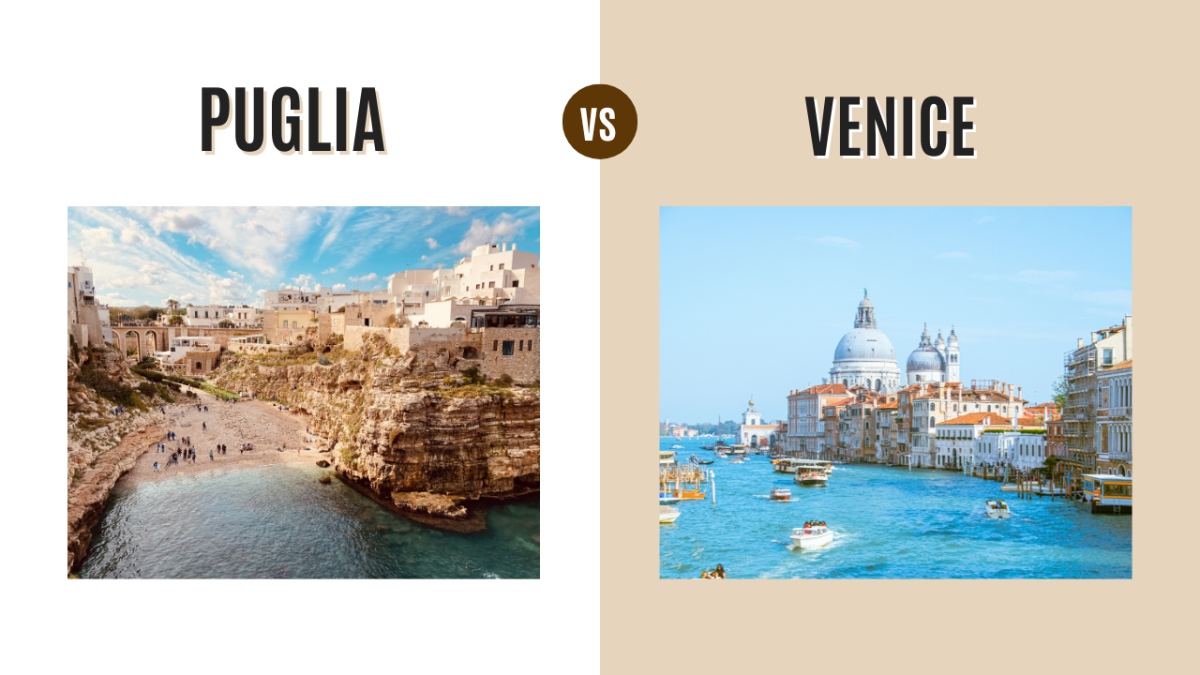
0 Comment